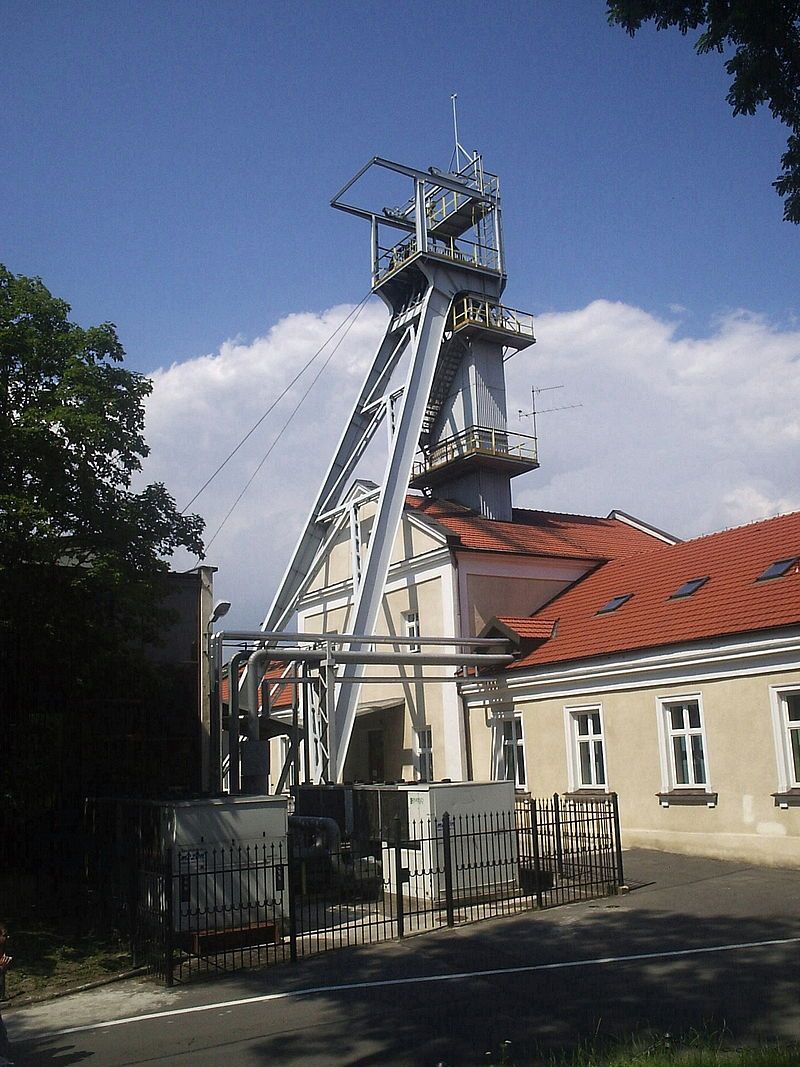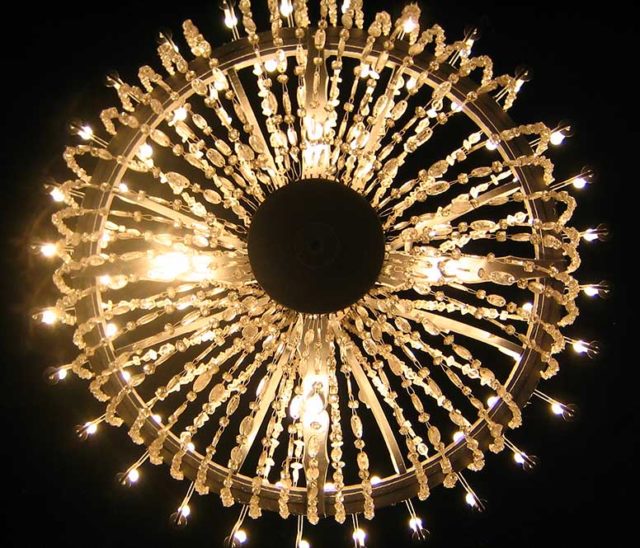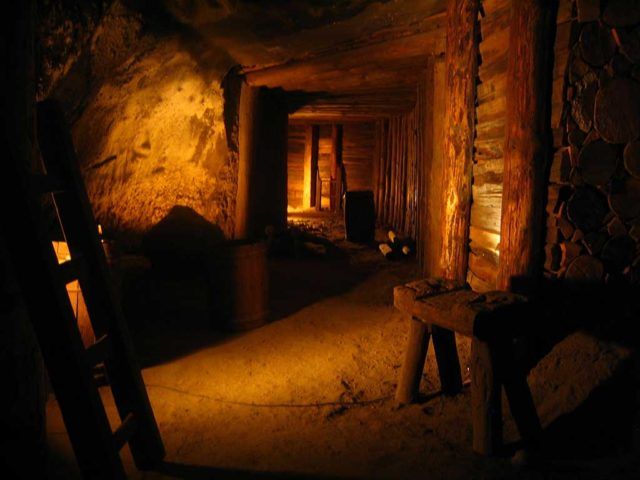An Underground Historic Site For Rock Salt

In the southern portion of Poland in a town called Wieliczka, lies the Wieliczka salt mines – Poland’s oldest salt mine. Featuring 178 miles of tunnels, the mine, now a museum was discovered in the 13th century as the main source of rock salt for the country.
Now closed, the Wieliczka salt mine was a bustling salt mine in its day and now is a historic monument in Poland with its many sculptures and chapel that were constructed by the miners of the time. Closed in 1996 due to low salt production and a flood that occurred, the Wieliczka salt mine is home to the Krakow Saltworks Museum, where 1.2 million people a year come from all over to explore its tunnels and see the naturally grey rock salt in it natural form.
Unique to the Wieliczka salt mine is its vast number of statues and mythical figures carved out of rock salt. Recently, more modern artists have taken to erecting sculptures in the tunnels for tourists to see. Included in the underground site, is a chapel and a reception room where weddings and private parties can occur. The walls of the chapel have been carved to look like wood. There is also an underground lake for visitors to see and chandeliers made of rock salt.
The history of the Wieliczka salt mine goes back to the 13th century when the first shafts were dug. Following this time, the Saltworks castle was built and served as the central building for the mining operations until 1945. To aid in mining the rock salt, a Hungarian-type horse and Saxon treadmill was constructed. This allowed miners to haul the rock salt to the top of the mine’s surface.
An interesting bit of history about the Wieliczka salt mine is its use during WWII by the Germans. They used the shafts within the mine for war-related industries, transporting Jews to the site to work in the mine as at an armament factory setup with the mine. Manufacturing at the armament factory never got going because the Soviet were drawing close and Germans felt threatened. Several of the equipment setup during this time was disassembled and transported to the mountains within Liebenau, Austria.
The Wieliczka salt mine is also home to a legend about Princess Kinga, who was about to marry the Price of Krakow. Before her wedding, she asked her father for some rock salt as part of her dowry, as rock salt was very valuable. Her father took her to the Maramaros salt mine, where she threw her engagement ring into one of its shafts. She then went to the Wieliczka salt mine, where she asked miners to dig until they hit a rock. When they did, they found rock salt that when split revealed her ring. Through the legend, Princess Kinga became known as the patron saint of the salt miners in Poland.
Today, the Wieliczka salt mine is referred to as the Underground Salt Cathedral of Poland. It is on the UNESCO list of World Heritage Sites and is a popular destination in Poland.













